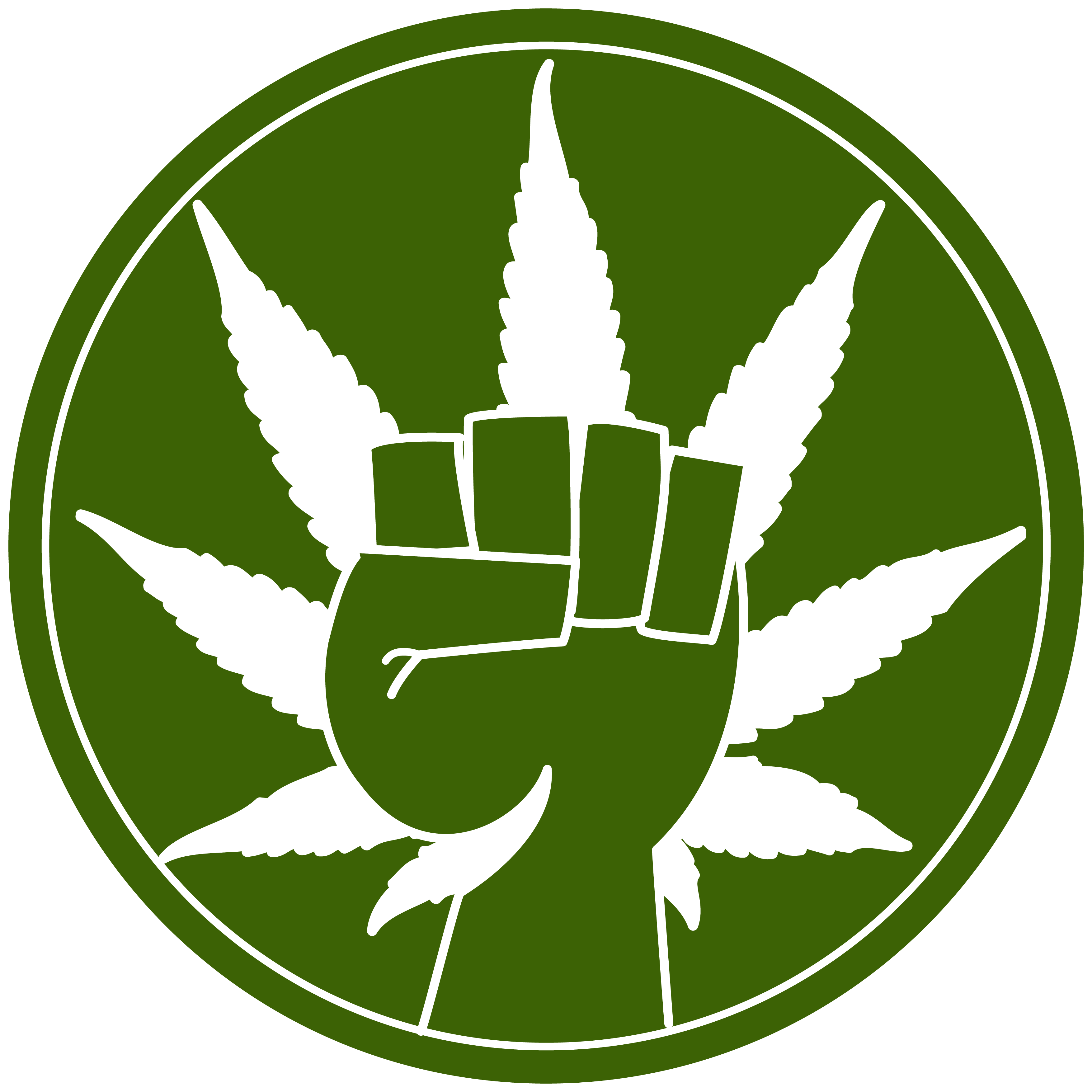What Exactly is Bhang?
- bholekebhakt

- Dec 28, 2017
- 2 min read

Many people use the term “Bhang” indiscriminately and synonymously with ganja or hashish, when in reality it is actually quite different.
Cannabis is recognized as one of the most versatile plants on earth and is known to have 50,000 commercial uses. Because of this, cannabis can be consumed in several ways (as if you didn’t know). Different parts of the cannabis plant are smoked for different reasons and can be ingested directly through food or drink — “drink” being the topic at hand
Before we explain what exactly Bhang is, we need to define some terms to clarify the difference between marijuana, hashish, hash oil and bhang.
The Basics

First we have marijuana and ganja. These two terms are synonymous and they represent the dried flowers, stems and leaves of the cannabis plant. Marijuana can either be smoked or ingested through edibles (for which we have some awesome recipes here) and except for bhang, is the least potent of all the cannabis products.
Second, we have Hashish which has a higher concentration of THC and is made from the resin of the cannabis plant. Like marijuana, hashish can be either ingested or smoked.

Finally, we have hash oil which is a thick oil reduced from hashish, armed with the highest concentration of THC.
Bhang

Bhang is most commonly known from its use and popularity during the Holi festival in India. It has also been used during certain Indian religious rituals for ages and serves as one of the origins for eating cannabis.
Unlike the other terms mentioned earlier, bhang is more often brewed into a drink rather than smoked. Bhang itself is the natural intoxicant made from marijuana leaves and flowers.

If you’re looking for the ultimate bhang experience, we recommend going to India during Holi. While it is technically only legal to buy bhang in government stores, bhang is not hard to find during these celebrations. Holi is a two-day celebration observed on a different day every year; on the first day (Holika Dahan) celebration revolves around the burning of Holika (the devil) and on the second day (Dhulandi) holds the festival of colors. Care to join in on the fun? The next two observances call on March 1st and 2nd, 2018 and March 20th and 21st, 2019.
Bhang on, everyone.










Comments